 On March 2, 2025, authorities enforced a total siege. As a result, all humanitarian aid is prevented from entering Gaza. Trucks full of food, medicine and supplies are stuck rotting at the borders. As of May 12, 2025, humanitarian aid organizations such as the World Food Program (WFP) were nearly or completely out of supplies. Today, the entire 2.1 million population of Gazans face food shortages, and more than 500,000 are acutely malnourished.
On March 2, 2025, authorities enforced a total siege. As a result, all humanitarian aid is prevented from entering Gaza. Trucks full of food, medicine and supplies are stuck rotting at the borders. As of May 12, 2025, humanitarian aid organizations such as the World Food Program (WFP) were nearly or completely out of supplies. Today, the entire 2.1 million population of Gazans face food shortages, and more than 500,000 are acutely malnourished.
Gaza’s Children are Starving
Food insecurity is urgent for children and breastfeeding mothers. Out of the 1.1 million children living in the Gaza Strip, nine out of 10 are experiencing severe food poverty, according to Save the Children. As of June 5, 2025, 2,700 children under the age of 5 are experiencing severe acute malnutrition (SAM). According to the World Health Organization (WHO), 15.6% of Gazan children under age 2 are acutely malnourished. This represents an exponential increase compared to the 0.08% in children under the age of 5 before the recent conflict.
Due to food blockades, families are consuming two or fewer low-nutritional-value meals per day, often eating animal feed and foliage. The Ministry of Health estimated that 57 Gazan children have died from starvation since March of this year. This statistic is likely an underestimate. The U.N.-backed Integrated Food Security Phase Classification (IPC) assessment states that 93%, approximately 930,000 children, are at risk of famine.
Illness and Malnutrition in Gaza
Malnutrition is detrimental in growing children, as young bodies are unable to fight illness and heal from injuries without proper nutrition intake. Poor nutrition weakens the immune system and prevents nutrient absorption, making children more susceptible to diarrhea, pneumonia and measles, according to WHO. To heal from sickness, children must consume more food, which is unattainable in Gaza at this time. This creates a vicious starvation cycle. Inadequate childhood nutrition has a lifelong impact. Long-term malnutrition stunts growth and impairs cognitive function, ultimately lowering a population’s overall well-being. Consequently, an entire generation is predisposed to poverty.
Implications on Breastfeeding and Pregnant Mothers
As of spring 2025, 17,000 Gazan mothers could receive treatment for acute malnourishment in the coming year, according to the WHO. Breastfeeding mothers need proper nutrition to produce milk for their babies. Breastmilk is the sole source of nourishment for infants under six months. Without adequate maternal nutrition, infants can not consume the breastmilk they need to build immunity towards disease and infection. As a result, malnutrition in Gaza is amplified.
Healing Pediatric Malnutrition in Gaza
As of May 2 aid siege, medical supplies are scarce. No food, medicine or fuel has entered the Gaza Strip in 10 weeks. The United Nations Relief and Works Agency (UNRWA) has run out of flour and hot food parcels. Their medical supplies are one-third of the way gone. The WHO’s 19 malnutrition treatment centers collectively hold the supplies to treat 500 children for acute malnutrition. This is a fraction of the 70,000 Gaza children in need of immediate care. Despite the scarcity, there are solutions to end malnutrition in Gaza.
Throughout 2024, the WFP delivered 10 million hot meals across Gaza, many of which have gone to children. Legumes, wheat products, seeds, vegetable oils, energy bars, biscuits and salt have been delivered to Gazan families. These packages are vital in preventing malnutrition in Gaza.
Ready-to-use Therapeutic Food (RUTF) is a nutritionally dense paste fed to malnourished children 6 months to 5 years old. UNICEF is primarily responsible for distributing RUTF in the Gaza Strip. RUTF is a lipid-based paste made from peanuts, sugar, milk powder, oil and essential vitamins and minerals. The fat-based formula allows nutrients to be easily absorbed. Depending on their condition, children are given several RUTF sachets per day. The home-based, ready-to-eat formula makes this paste outstanding at healing malnutrition. It has a 90% success rate in healing children from severe acute malnutrition. In 2024, UNICEF sent 1,500 boxes of RUTF to Northern Gaza.
As soon as blockades rise, there is enough food to feed 1 million children for four months. Treatment is attainable; only access must be granted.
– Helen Cusick
Helen is based in Minneapolis, MN, USA and focuses on Good News, Global Health for The Borgen Project.
Photo: Flickr
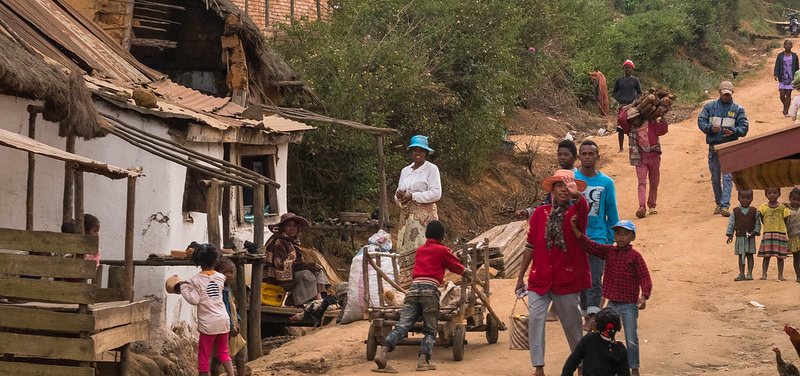
 In 2024, Catalonia launched one of Europe’s most ambitious
In 2024, Catalonia launched one of Europe’s most ambitious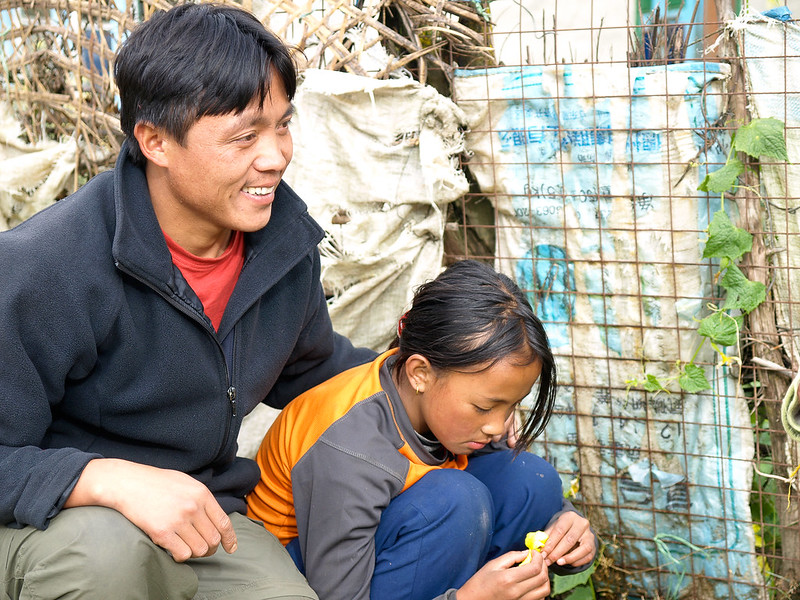
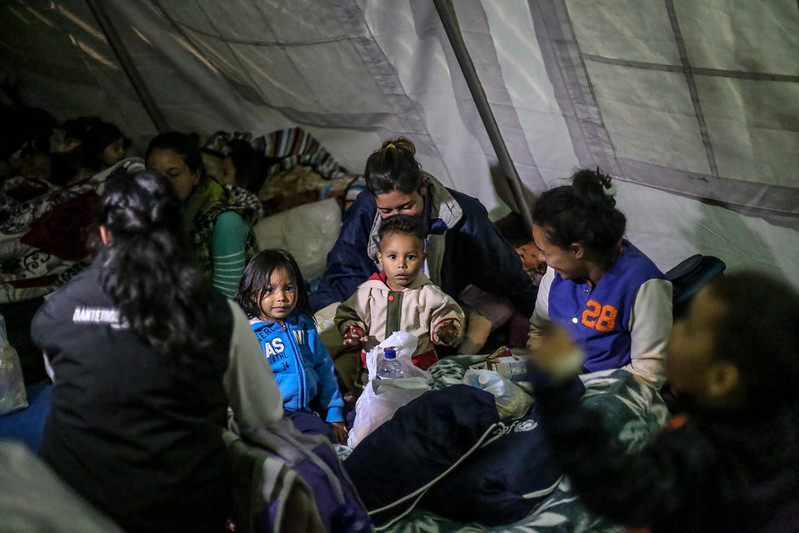 Over the years,
Over the years, 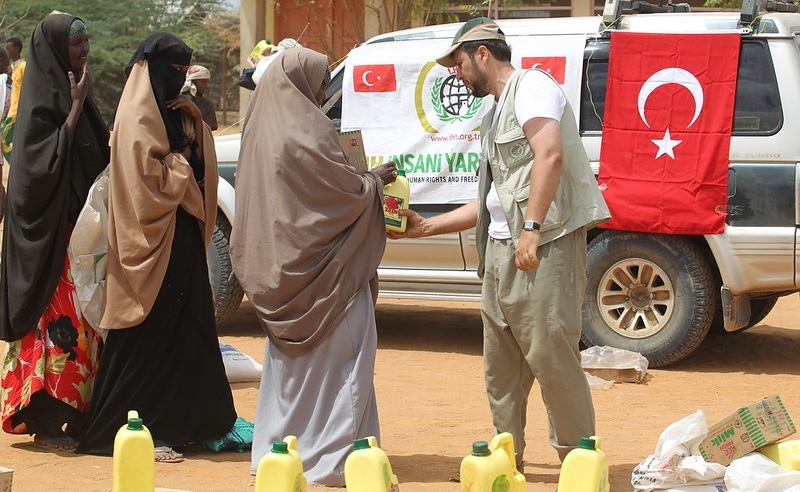

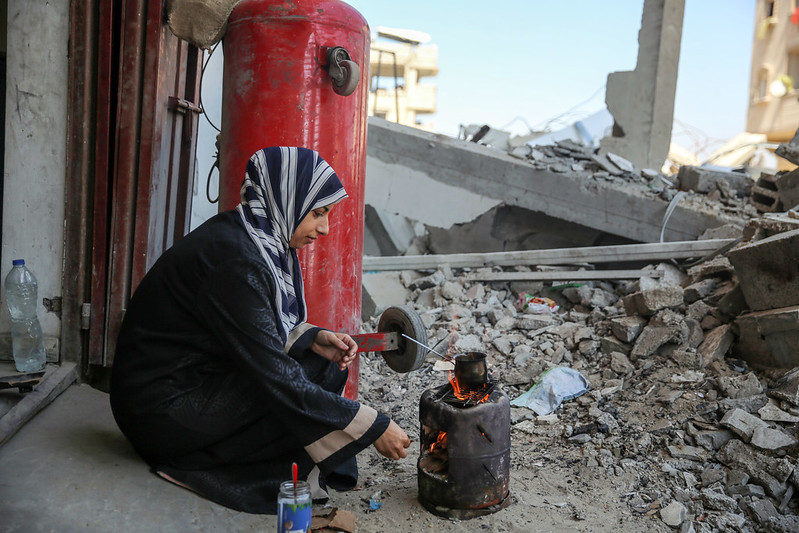 The
The  Eastern Ghouta, a region in Syria previously bombarded with attacks from Syrian Government forces, has finally become accessible for humanitarian aid and support groups following the collapse of the Assad Regime in December 2024. While there is still quite a way to go, several key organizations have proven hugely significant for the reconstruction initiatives within the area that focus not only on aid for civilians but also the surrounding infrastructure and agriculture.
Eastern Ghouta, a region in Syria previously bombarded with attacks from Syrian Government forces, has finally become accessible for humanitarian aid and support groups following the collapse of the Assad Regime in December 2024. While there is still quite a way to go, several key organizations have proven hugely significant for the reconstruction initiatives within the area that focus not only on aid for civilians but also the surrounding infrastructure and agriculture. Founded in 1945 after WWII, the Cooperative for American Remittances to Europe (CARE) foundation is one of the oldest organizations
Founded in 1945 after WWII, the Cooperative for American Remittances to Europe (CARE) foundation is one of the oldest organizations 